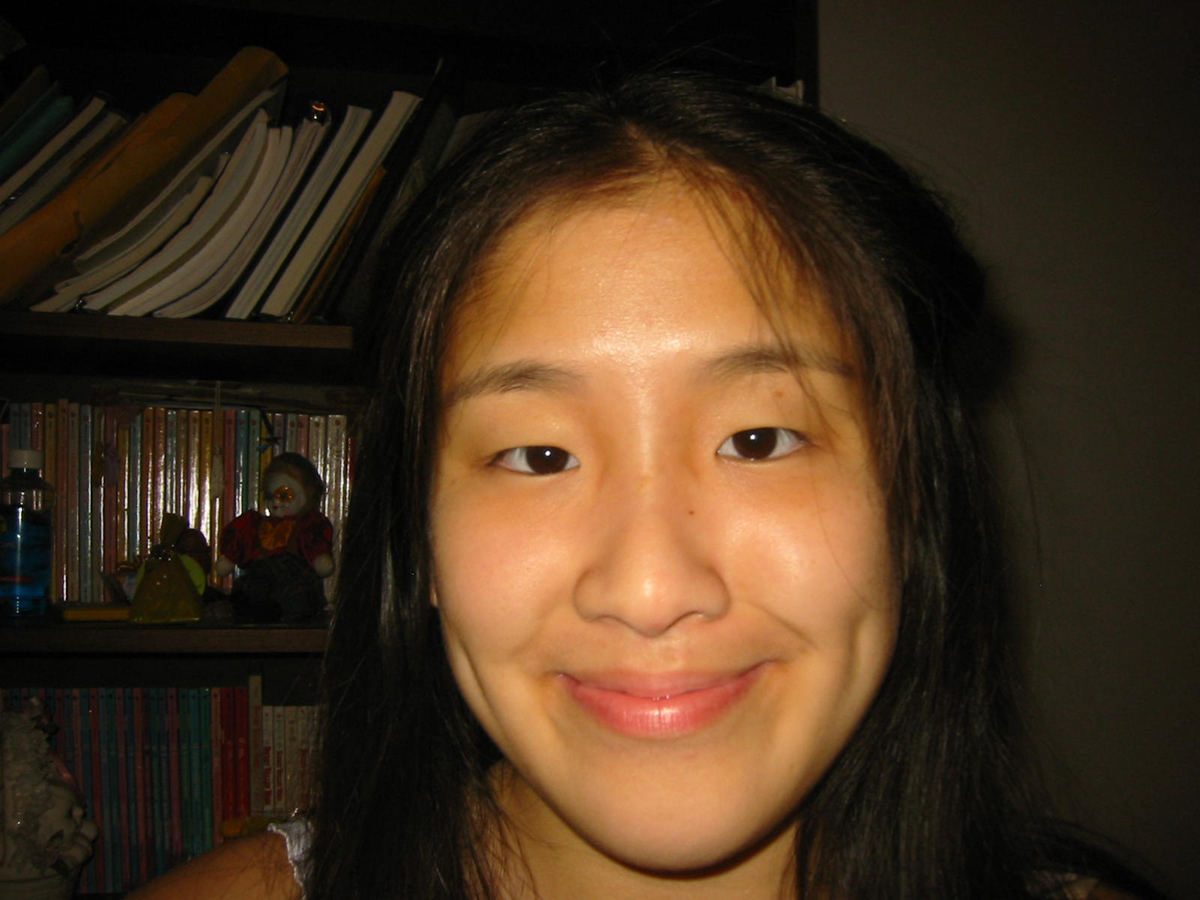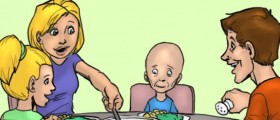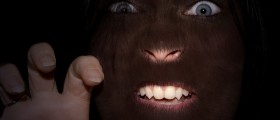Epicanthal fold is normally seen in people of East Asian origin. However, in others it may indicate some other birth defects.
What is Epicanthal Fold?
Epicanthal fold or epicanthus, represent a fold of the skin that comes down across of the eye’s inner angle, which is known as canthus of the eye. Epicanthal folds give the eyes appearance of almond-shaped or boat-shaped eye. Although, this is normal in people of Asiatic descent, children with inherited genetic disorders also have it. Epicanthal folds may develop in fetuses or infants of non-Asian descent before the bridge of the nose starts elevating. With age, epicanthal fold can change in shape and size.
- Epicanthal folds are sometimes observed in infants of Western European descent with a low nasal bridge, but are rare after adolescence. However, in most Asians, epicanthal folds remain a distinctive feature throughout the growing process, even until adulthood. These folds are due to an underdeveloped nasal root and an excess of horizontal medial canthal skin relative to a vertical skin shortage.
- Obesity might be related to the pathogenesis or manifestation of epiblepharon. A high body mass index was observed in Japanese children with epiblepharon who were 6 to 11 years old. Additionally, obese Korean girls aged 12 to 15 years demonstrated symptomatic epiblepharon at a significant level.
- An elevated IICD/IPD or IICD/OICD ratio implies that the point of attachment of an epicanthal fold to the lower eyelids is located more laterally with respect to the medial canthal angle. Anatomically, dense connective tissue fibers originating from the medial canthal ligament run obliquely to the epicanthal fold.
Causes of Epicanthal Folds
As already mentioned, epicanthal folds are related to different genetic diseases:Down Syndrome
Down syndrome is a genetic disorder that causes developmental problems and mental retardation for life. This disorder occurs due to extra copy of chromosome 21. Down syndrome can be identified during prenatal testing. At birth, the condition is diagnosed by physical features of an infant. Children with Down syndrome have flat face, short neck, abnormally shaped ears and short stature. Due to flat face and epicanthal folds, these children appear like Mongolians.
Turner Syndrome
Turner syndrome is genetic disorder that occurs due to abnormality of one X chromosome. It affects only women, and they have only 45 chromosomes. It is a rare condition that affects about 1 in every 2,500 girls. Patients with Turners syndrome are recognized by webbed neck, short stature, a hollow appearance to the chest, lack of secondary sex characteristic, lymphedema and skeletal, autoimmune, dermatological and renal problems.
Fetal Alcohol Syndrome
This genetic disorder occurs when the mother drinks too much alcohol during pregnancy. This can lead to low birth weight, delayed growth, abnormal facial features, vision and hearing problems and problems with central nervous system. Children with fetal alcohol syndrome have epicanthal folds.
William Syndrome
William syndrome is characterized by different medical problems, including cardiovascular disease, high blood pressure, kidney problems, developmental delays, and learning disabilities. Physical appearance of children with William syndrome is distinguished by small stature, small upturned nose, long upper lip, wide mouth, puffiness around the eyes and epicanthal folds.
Noonan Syndrome
Noonan syndrome is a rare genetic disorder that prevents normal development of different parts of the body. This may result in chest deformity, undescended testicles and heart defects. Children with Noonan syndrome generally have short stature, unusual facial characteristics with widely spaced and down-slanting eyes with epicanthal folds, and other physical problems. Noonan syndrome is also sometimes accompanied with mental retardation.
Wolf-Hirschhorn Syndrome
This condition results from genetic error on chromosome 4. It is a rare condition that affects more frequently females than males. Wolf-Hirschhorn syndrome is followed by mental retardation, short stature, heart defects and distinctive facial features such as prominent forehead, small head and wide set eyes with epicanthal folds.


















Your thoughts on this
Loading...